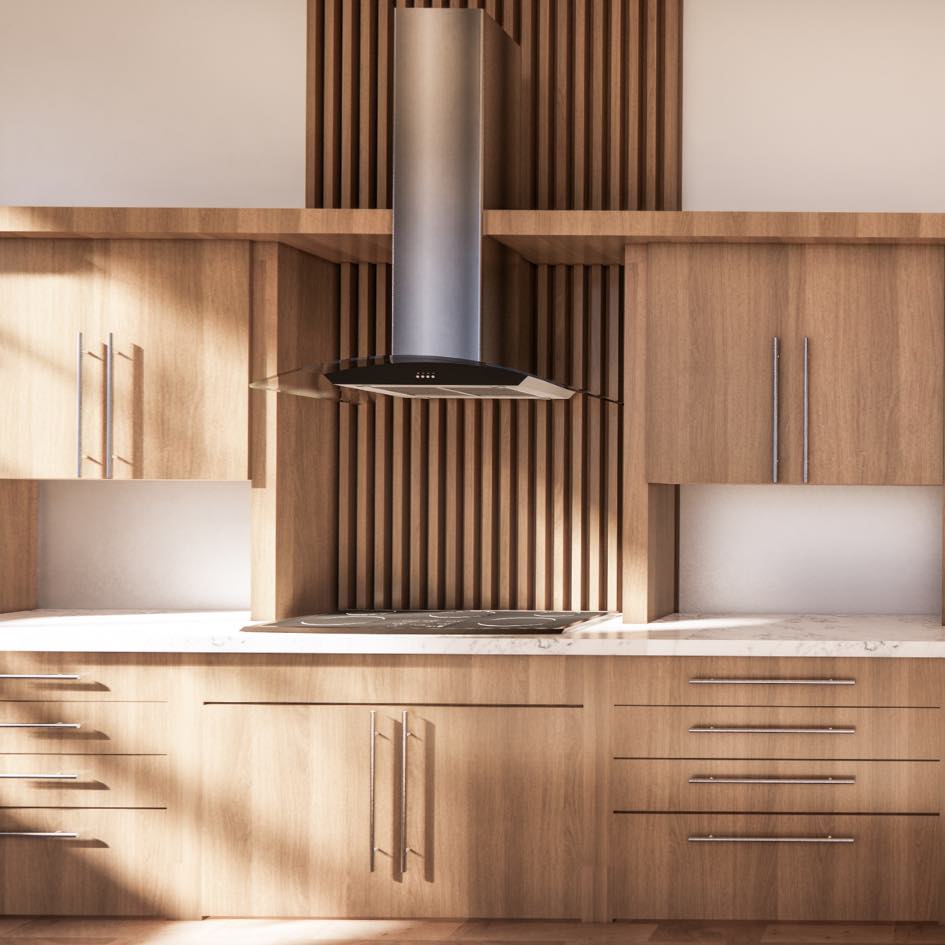- - Updated at
- Tiziano B.
- Guides
- 10186 views
Are you renovating your kitchen or planning a new one and want to find the right hood for your space?
Paying close attention to the choice of this appliance is essential for having a healthy, clean kitchen free from odors. It's not just about aesthetics but also functionality!
In the following paragraphs, I will provide you with detailed information to help you make an informed and smart choice.
Elements to consider before choosing
Before examining each element that can influence the choice of a kitchen hood, let's understand which general aspects should be considered:
- Kitchen Size: The size of the kitchen directly affects the choice of the kitchen hood. Smaller kitchens will require a less powerful hood, while larger and/or more livable kitchens will need a more powerful one.
- Type of Kitchen: The configuration of the kitchen also impacts the choice of hood type. Do you have a separate kitchen or an open-plan kitchen? This difference affects the capacity the hood must have. In open-plan kitchens, vapors tend to spread to adjacent spaces, requiring a higher extraction capacity.
- Chimney? Does your kitchen have a chimney to expel fumes outside, or does it provide for air recirculation? This element is crucial in determining not only the type of hood to purchase but also the installation and maintenance costs.
- Family Habits: The family's cooking habits also influence this choice. If your family frequently cooks, especially foods that generate a lot of smoke or strong odors, you will need a hood with high extraction capacity and adequate filtration systems.
- Budget: Last but not least, the budget directly affects the choice of the hood. When considering this point, it is important to evaluate both the initial cost and the maintenance costs.
With these necessary premises made, in the course of this article, you will find answers to evaluate these aspects (and more) and help you understand how to choose the right kitchen hood.
1) Vented or Recirculating Hood?
- When to Choose an Extractor/Vented Hood?
You should choose an extractor hood if your kitchen allows for the possibility of channeling fumes outside.
By choosing this option, you will face a higher initial cost, but minimal maintenance costs, limited to cleaning the grease filters.
- When to Choose a Recirculating Hood?
Choose a recirculating hood if your kitchen does not have the option to extract fumes outside. By choosing this option, you will encounter lower installation costs, but you will need to replace the carbon filters approximately every 6 months. This maintenance will incur periodic costs to ensure that the hood can effectively purify the kitchen of persistent odors.
For more information on cleaning and maintaining extractor and recirculating hoods, read the article I wrote on the topic.
2) Types of Kitchen Hoods
I have already written an in-depth article on this topic that you can find in the article: Types of Kitchen Hoods.
In this article, I will give you a general overview without going into specifics on how important it is to consider this aspect for making an informed choice. Each kitchen hood has its own characteristics that make it more or less suitable for certain usage situations.
Here are the various types of hoods:
- Wall-Mounted Hood: The most classic, visible on the wall above the stove.
- Island Hood: Ideal for cooktops located in the center of the island.
- Ceiling Hood: Integrated into the ceiling, they are semi/invisible hoods for those seeking a low aesthetic impact.
- Corner Hood: Designed for stoves placed in a corner to make the most of every inch of the kitchen.
- Built-In Hood: Similar in appearance to a pull-out drawer, these are invisible hoods placed in the cabinets above the kitchen hood to maximize space.
- Downdraft Hood: Modern hoods that "disappear" into the cooktop.
- Extractor hobs: These are extractor hoods integrated into the cooktop.
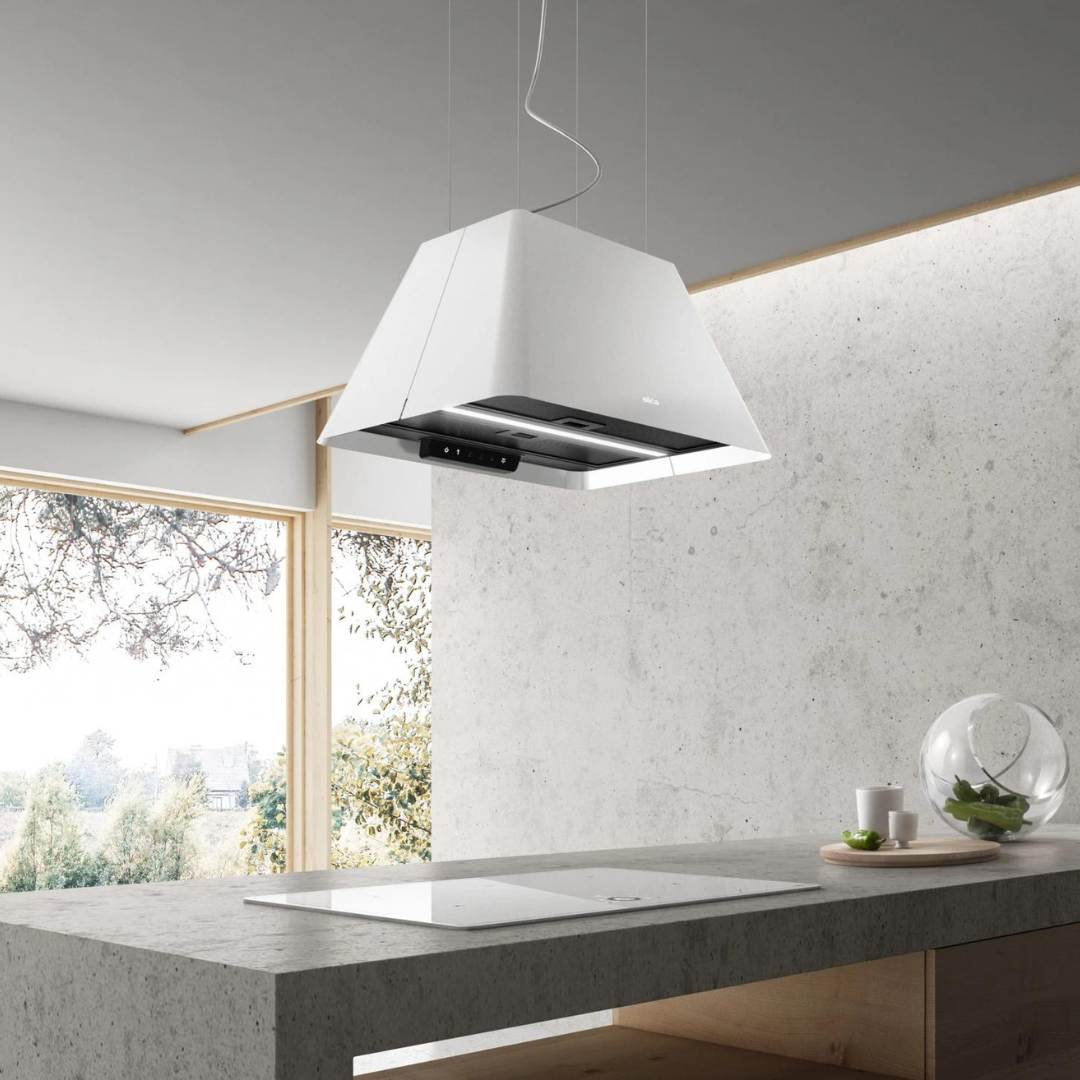
Classic or Design Models
Among the types of hoods listed in the previous paragraph, there are more or less classic models available, depending on the stylistic needs of the environment and the chosen furniture.
Remember that for environments with an island hood, the hood will be highly visible in the center of the room and will have a greater visual impact. On the market, you will find very beautiful hoods to make this appliance a true piece of furniture.
3) Types of Cooktops
The type of cooktop you install also affects the choice of an appropriate hood.
If you install an induction cooktop, you should consider that it will generate more steam and condensation compared to a gas cooktop.
Therefore, the hood you choose should be a specific type, such as an anti-condensation hood.
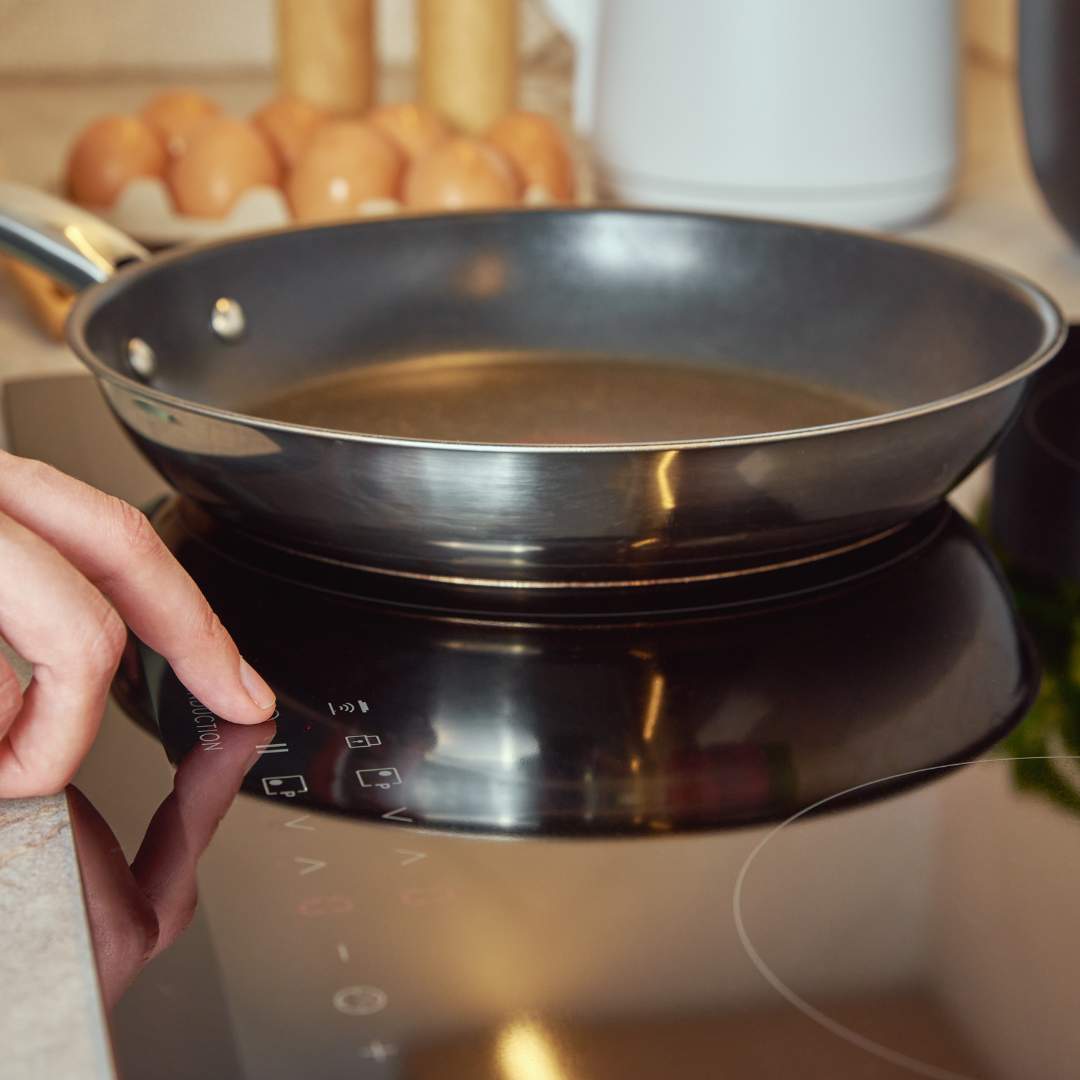
4) Hood Power Relative to Room Size
One of the most important aspects in choosing a hood is its motor power, which allows it to effectively extract odors, keeping the room's air clean.
A crucial factor in selecting the hood's power is the size of the room where it will be installed. Generally, the larger the room, the more powerful the hood needs to be.
Before purchasing a kitchen hood, ensure you choose the correct power or capacity (expressed in watts), which is the amount of air the hood can extract and filter in an hour. (Typically, a hood should be able to replace the kitchen air 10 to 12 times per hour.)
To help you choose the correct hood power, follow these calculations:
- Determine the volume of your kitchen (length x width x height).
- Multiply the volume by 10.
Example: Suppose your kitchen is 4 meters long, 3 meters wide, and 2.5 meters high.
- Volume = 4m × 3m × 2.5m = 30m³
- Minimum Capacity = 30m³ × 10 = 300m³/h
Always consider that these are objective data and not subjective, and factors such as the family's cooking habits and the frequency of kitchen use also affect the hood's power.
5) Energy Class
After understanding how power is a crucial factor in choosing a hood, let's look at another equally important aspect that is directly influenced by the chosen power: the energy class of the hood.
This value is indicated on the appliance's label with a scale from A (high energy efficiency) to G (low energy efficiency), along with other indicators such as noise level and lighting.
Generally, the more powerful a hood is, the more it consumes, although the difference between a more powerful and a less powerful hood can be a maximum of 100 watts in total.
What significantly impacts the energy class is more the type of lighting used in the hood, which we will discuss in the next paragraph.
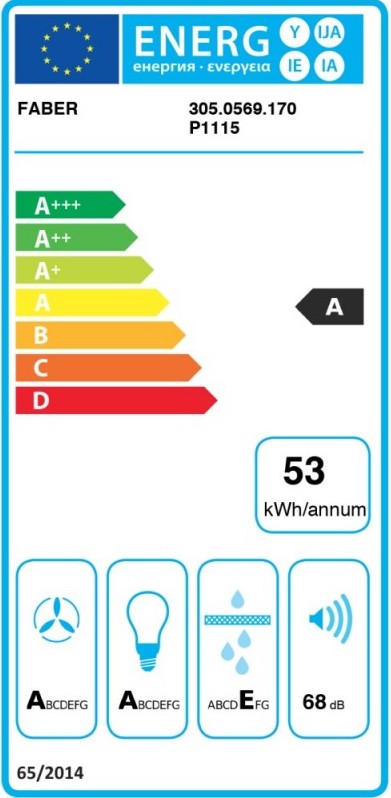
6) Hood Lighting
As mentioned in the previous paragraph, the choice of hood lighting directly affects energy efficiency and the kitchen experience, more so than the motor power itself.
Most modern hoods come with integrated lights, which generally use LED technology.
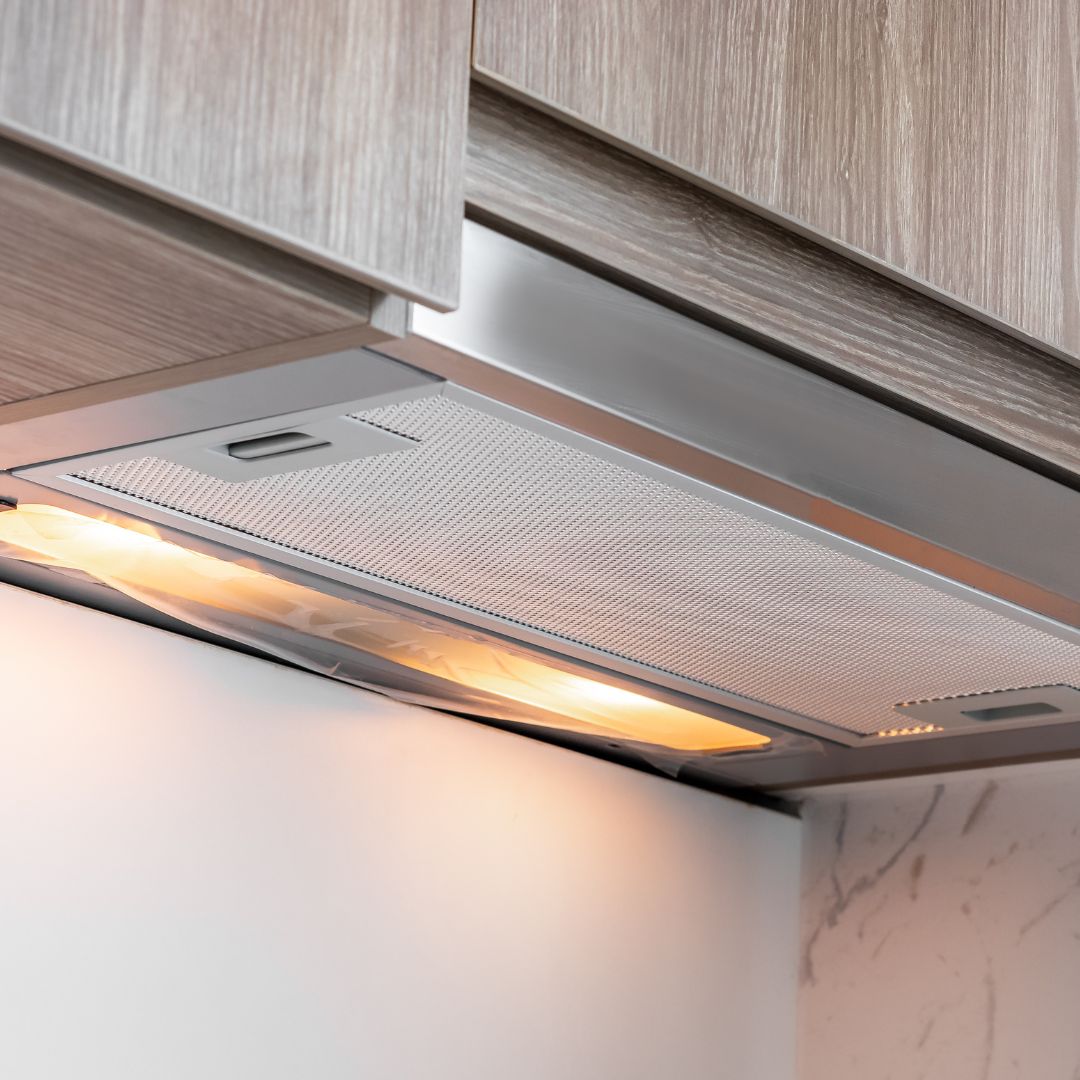
LED installation, compared to traditional halogen bulbs, offers numerous advantages:
- Energy Efficiency: LED bulbs consume about 80% less energy than halogen bulbs, contributing to significant energy savings. This is crucial in a kitchen where the light can stay on for many hours a day.
- Longevity: LED bulbs have a significantly longer lifespan, ranging from 10,000 to 20,000 hours of operation. This translates to 10-15 years of average use, reducing the frequency of replacement and associated costs.
- Instant Intensity: These bulbs reach maximum brightness instantly and tolerate numerous on-off cycles well.
- Technological Efficiency: As LED technology continues to evolve, LEDs become increasingly brighter and more powerful while maintaining low consumption.
When evaluating the hood's lighting, you can rely on two parameters:
- Brightness: Measured in lumens, it indicates how much light a bulb emits. The higher the lumen value, the greater the light output.
- Energy Consumption: Measured in watts, it represents the energy absorbed for operation. A lower value indicates greater energy savings.
Remember that in Filtro Cappa, you will find halogen bulbs, LED bulbs, and replacement transformers to restore your hood's lighting system. Find the spare parts>>
7) Hood Noise Level
The noise level of a kitchen hood is a crucial parameter to consider when choosing this appliance, as neglecting it can affect the comfort of the kitchen area.
Mainly, noise level can be influenced by two factors, which I will briefly explain below:
- Hood Power: Generally, the higher the extraction power of the hood, the louder the noise it produces. However, with modern technologies, some models can offer high performance while maintaining low noise levels thanks to advanced sound insulation systems and optimized motors. (As a quick reference, the noise level of the hood should never exceed 55 dB at maximum power.)
- Maintenance Needs: A hood that is not properly maintained can develop issues that increase noise levels. For example, clogged filters or a motor that needs lubrication can cause increased noise. Regular maintenance is therefore essential to limit this inconvenience.
If you want to delve deeper into this topic, read my article on hood noise. By following the link, you will find useful information on how to find the noise level parameter on the appliance label (expressed in dB).
8) Hood Functionality
Even if some features are more advanced than you need, you might consider choosing a hood based on its functionalities.
Depending on the brand and model, you can find hoods with more or less sophisticated features:
- Remote Control: Some smart hoods can connect to your home Wi-Fi, allowing you to control them through mobile devices or via a voice assistant.
- Air Quality Sensors: Some hoods come with sensors that automatically adjust the extraction speed and/or turn on the hood when they detect poor air quality.
- Filter Saturation Timer: The latest generation hoods have an indicator that notifies you when it is necessary to clean or replace the filters.
9) Cleaning and maintenance of the hood
As mentioned in the paragraph on the difference between extractor and recirculating hoods, maintenance also affects the choice of hood and the costs you will incur over time.
For extractor hoods, the initial costs are higher due to the more complex installation of the ducts to connect the hood to the outside. Once these costs are covered, however, the hood will be easier to clean and require less maintenance thanks to the absence of activated carbon filters.
Activated carbon filters, present in recirculating hoods, cannot be cleaned (unless they are Long-Life filters) and need to be replaced periodically (approximately every 6 months), resulting in higher recurring costs. However, the installation of recirculating hoods is less expensive due to the absence of external ducts.
I discuss this topic in detail in the article dedicated to the maintenance and cleaning of extractor and recirculating hoods.
At Filtro Cappa, you will find all the replacement filters necessary to keep your hood efficient and functioning over time. Find your replacements>>
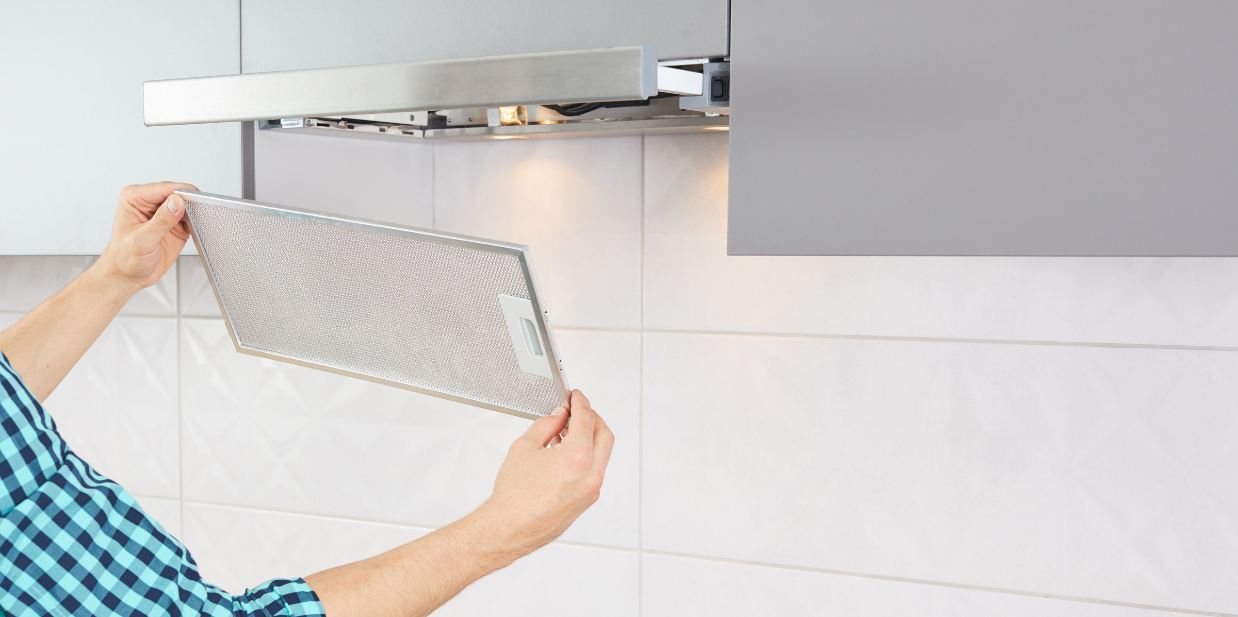
Practical Examples:
Based on my experience in the world of kitchen hoods, I have identified four main and frequent scenarios to help you make a choice:
- Open-Plan Kitchen: For large and open-plan kitchens, choose a hood with high power to ensure air purification.
- Island Kitchens: Choose designer kitchen hoods to make them harmonious with the surrounding environment.
- Small Kitchens: For small kitchens, choose a hood hidden among the cabinets or integrated into the cooktop to save useful space for storing dishes and pots.
- Induction Cooktops: Choose an anti-condensation hood and adopt some small precautions before cooking, which you can find in the article dedicated to causes and remedies for condensation.
By following these final suggestions and all the information provided in this article, you should have the tools to make an informed choice. If you need more specific support, contact me, and I will use my knowledge to help you choose your new hood!

